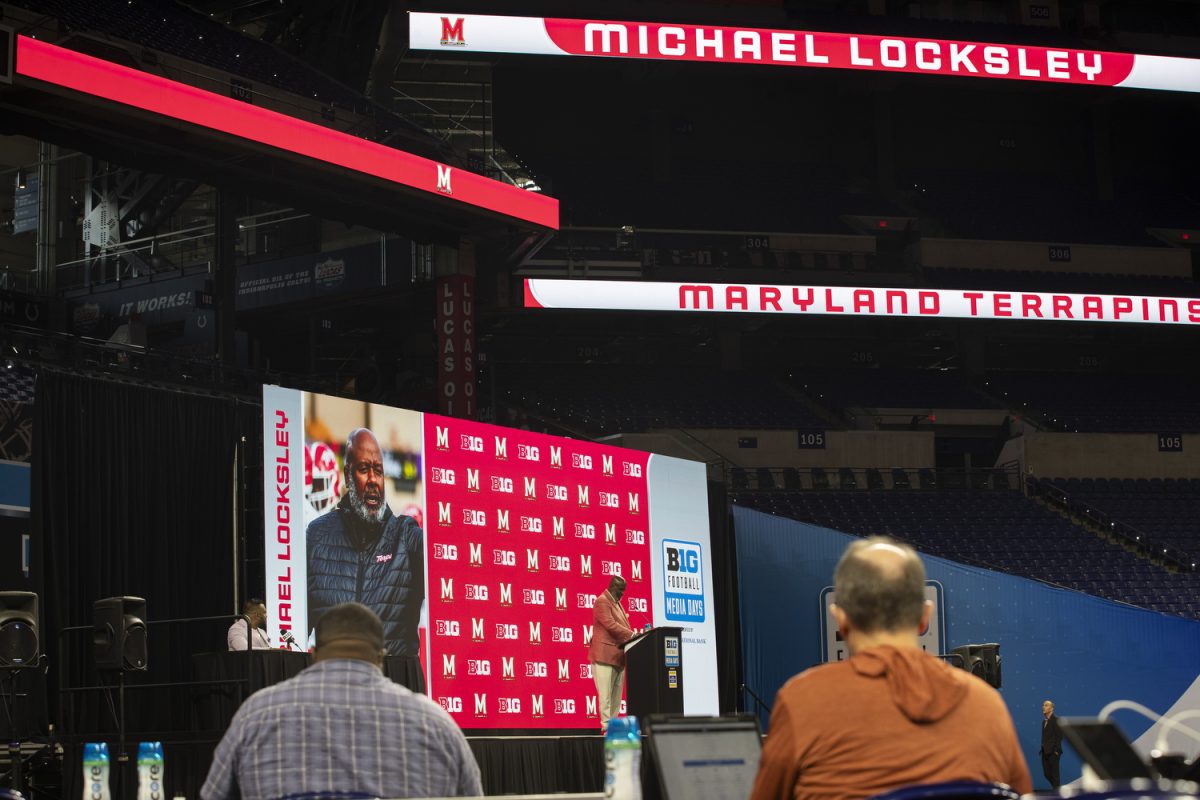Balance was the theme of the Iowa offense last season.
The Hawkeyes rushed for 181.7 yards per game as a team, while quarterback C.J. Beathard averaged a little mor than 200 yards throwing the ball. With how well the delicate balance worked for the team last season, it would come as a bit of surprise if head coach Kirk Ferentz deviated far from a script that worked.
Iowa returns 60 percent of its rushing attack, including Beathard (237 yards last season), LeShun Daniels Jr. (646), Akrum Wadley (496), and Derrick Mitchell Jr. (162). In the 12 games the Hawkeyes won on their way to the Big Ten Championship, they were able to establish the running game early and often.
They’ll need to do the same this year. Daniels will likely be the Day 1 starter at running back, though the 225-pound brick wall won’t tote the load alone. There’s injury history with Daniels, but more importantly, running the ball by committee worked well for Iowa last season.
Granted, the carries distribution was affected by injuries, but it also kept defenses on edge. If it was Jordan Canzeri (whose 984 rushing yards and 208 receiving yards will be missed) in the backfield, Ferentz and offensive coordinator Greg Davis had the option to get him the ball via short a pass or simply hand the ball on a running play.
Iowa will miss Canzeri, but his skills can be found a bit in Wadley and Mitchell’s game. Wadley averaged 15.7 yards per catch, and Mitchell hauled in 15 passes for 141 yards.
Wadley will probably see the field earlier for a couple reasons. First, Mitchell is expected to miss much of spring practice with lingering injuries from the 2015 season. Second, Wadley just looks the part.
During his best game — a 204-yard outburst Oct. 17 at Northwestern — Wadley showed tremendous vision and a knack for exploding through holes, two things that led to the all-important “big play.”
Canzeri had 22 runs go for longer than 10 yards last season. Daniels and Wadley combined for 30, but with how many carries they’ll likely be getting, that number should rise.
While Iowa’s running attack was its calling card, the passing game kept it alive. Beathard took huge steps in his development last season and gets leading receiver Matt VandeBerg (65 catches, 703 yards) back.
VandeBerg and tight end George Kittle (20 catches, 290 yards) combined for 10 touchdowns, and they will probably be the bulk of Beathard’s targets next season.
Replacing 49 percent of the receiving yardage production, however, won’t be easy. Wideout Tevaun Smith and tight end Henry Krieger Coble were solid hands and came up clutch far more often than they did not.
Split end Jerminic Smith flashed in his freshman season, though he remains an unproven commodity. Riley McCarron is penciled in near the top of the depth chart at wide receiver as well, but he has not shown a whole lot during his career and could simply be there because he’s a senior.







